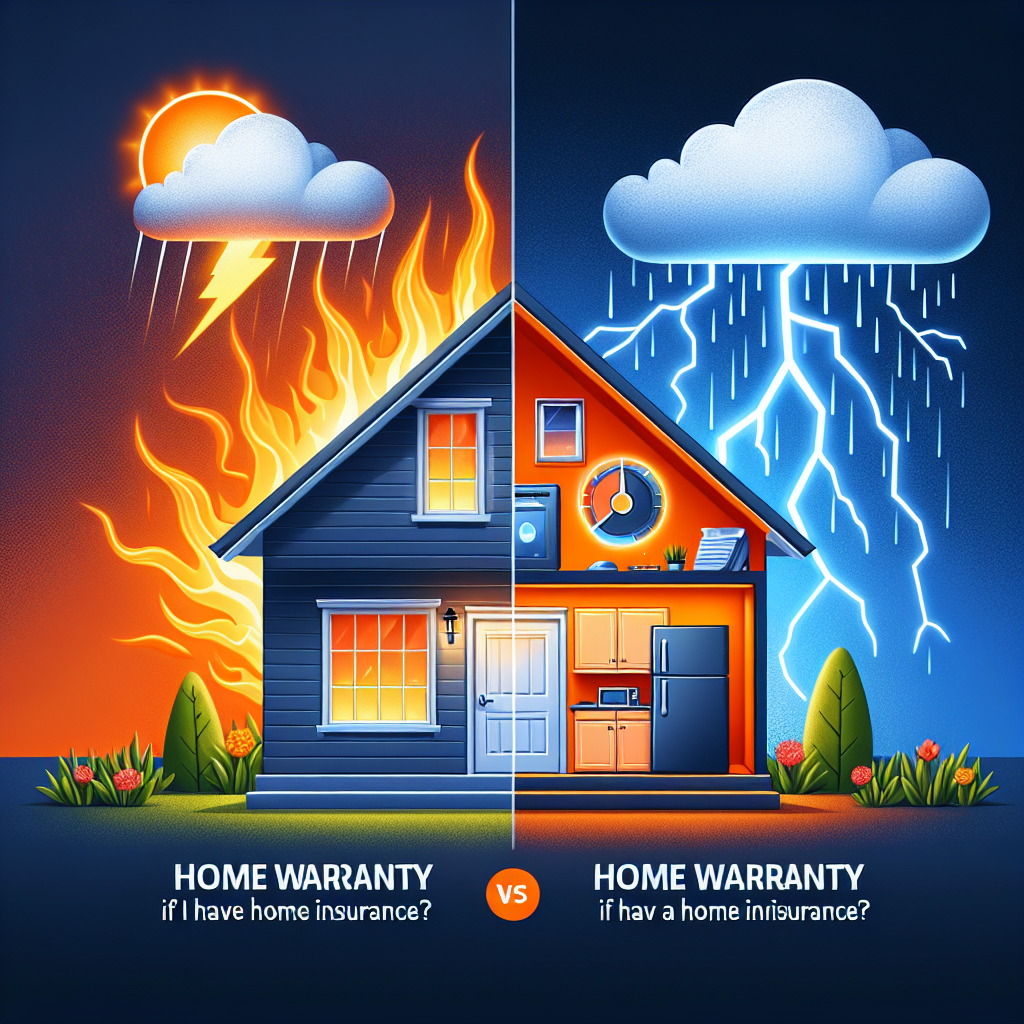Filed under Home Insurance on
Understanding Shed Coverage in Home Insurance Policies

Home insurance policies are often complex documents filled with terms and conditions that might seem like a foreign language. One critical component that often goes under the radar is "shed coverage." Understanding shed coverage in home insurance policies is crucial for homeowners who want to protect all aspects of their property, not just the main building. In this article, we will explore what shed coverage entails, why it's important, and how you can ensure your policy provides the protection you need. This guide will empower you with the knowledge to make informed decisions about your home insurance plan.
What is Shed Coverage?
Shed coverage, often referred to as other structures coverage, is a portion of your home insurance policy that covers detached structures on your property. These structures include sheds, garages, fences, and even gazebos. Generally, shed coverage is part of the standard coverage under a homeowners insurance policy, typically accounting for about 10% of the dwelling coverage. This means if your home is insured for $300,000, your shed coverage would be around $30,000.
Why Is Shed Coverage Important?
Many homeowners might not realize the value of their sheds and other detached structures. However, these structures often house valuable items, tools, and equipment. Imagine a scenario where a severe storm damages your shed, destroying your lawn equipment and tools. Without adequate shed coverage, you would have to cover the repair and replacement costs out of pocket. Therefore, understanding shed coverage in home insurance policies is essential to ensure comprehensive protection for all your assets.
Components of Shed Coverage
Understanding the components and limits of shed coverage can help you ensure that you are adequately protected. Here's a closer look:
Covered Perils
Like the main dwelling, sheds and other detached structures are generally covered against listed perils in your policy. Common perils include fire, theft, vandalism, and certain weather-related events like windstorms and hail. It's essential to review your policy to understand what perils are covered, as some natural disasters like floods or earthquakes often require additional coverage.
Coverage Limitations
Shed coverage often has limitations in terms of the amount and type of damages covered. For instance, while your policy may cover the replacement cost of the shed itself, it may not cover the contents inside unless specified. This is why reviewing policy details and discussing them with your insurance agent is crucial to avoid unexpected financial burdens.
Analyzing Your Needs for Shed Coverage
Understanding shed coverage in home insurance policies requires a keen assessment of your specific needs. Here’s how you can analyze your needs effectively:
Evaluating Asset Value
The first step is to evaluate the value of both the structure and its contents. Ensure that the limits set in your shed coverage are adequate to cover potential losses. Take note of any valuable tools or equipment stored in your shed, as these might require additional endorsements or increased coverage limits.
Assessing Risk Factors
Consider the location and environmental factors that may pose risks to your shed. For instance, if you live in an area prone to hurricanes or severe storms, you may need additional coverage. Understanding these risks will help you adjust your policy accordingly.
Customizing Shed Coverage
Many insurance companies allow for policy customization to better suit individual needs. Here’s how you can ensure your shed coverage is tailored to protect your assets adequately:
Increased Coverage Limits
If you determine that the standard 10% coverage limit is insufficient, consider increasing your shed coverage. This adjustment can offer peace of mind if you have particularly valuable equipment or a high-end shed structure.
Adding Endorsements
Endorsements, also known as riders, can be added to your home insurance policy to provide additional protection. For instance, if your standard policy doesn’t cover floods, you can add a flood endorsement to cover your shed and its contents.
Filing a Shed Coverage Claim
Knowing how to file a claim effectively is essential when dealing with shed damage or loss. Here’s a step-by-step guide:
- Document the Damage: Take clear photographs and videos of the damaged structure and contents. This documentation will support your claim.
- Notify Your Insurance Provider: Contact your insurance company as soon as possible to report the damage. Provide them with the necessary documentation and details.
- Work with an Adjuster: Your insurer will assign an adjuster to evaluate the damage. Be present during the inspection to point out all damages and affected items.
- Review the Settlement: Once the adjuster completes the evaluation, they will offer a settlement based on your coverage limits and policy terms. Review the offer thoroughly and negotiate if necessary to ensure fair compensation.
Expert Opinions on Shed Coverage
Industry experts often emphasize the importance of understanding shed coverage in home insurance policies. According to John Doe, a leading insurance consultant, "Homeowners frequently overlook the value of their detached structures until a disaster strikes. Ensuring that you have adequate shed coverage is vital to protecting your property comprehensively." This sentiment is shared across the industry, highlighting the need for proactive insurance reviews and adjustments.
Industry Trends Impacting Shed Coverage
The insurance industry is constantly evolving, with trends impacting coverage options and costs. One significant trend is the increasing frequency of extreme weather events, which has led insurers to adjust coverage offerings and premiums. Additionally, advancements in construction materials are leading to more expensive replacements, prompting homeowners to revisit their coverage limits to account for potential reconstruction costs.
Conclusion
Understanding shed coverage in home insurance policies is a crucial aspect of ensuring comprehensive protection for your property. By comprehensively evaluating your needs, assessing risks, and customizing your policy, you can safeguard against unexpected financial losses. Regularly reviewing your policy and staying informed about industry trends can help you make informed decisions and maintain adequate protection. Don't wait for a disaster to reveal coverage gaps; be proactive in securing your peace of mind today.



